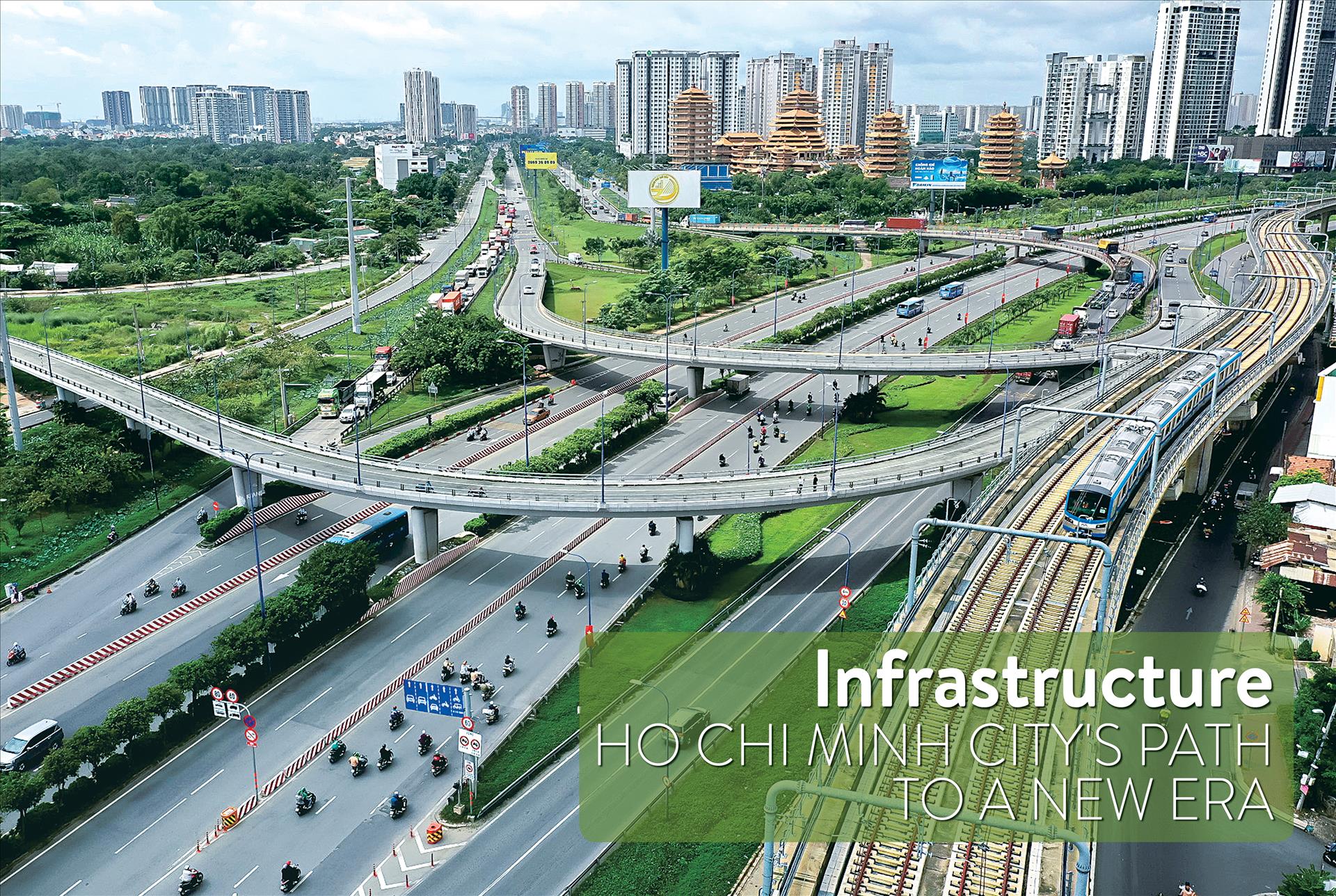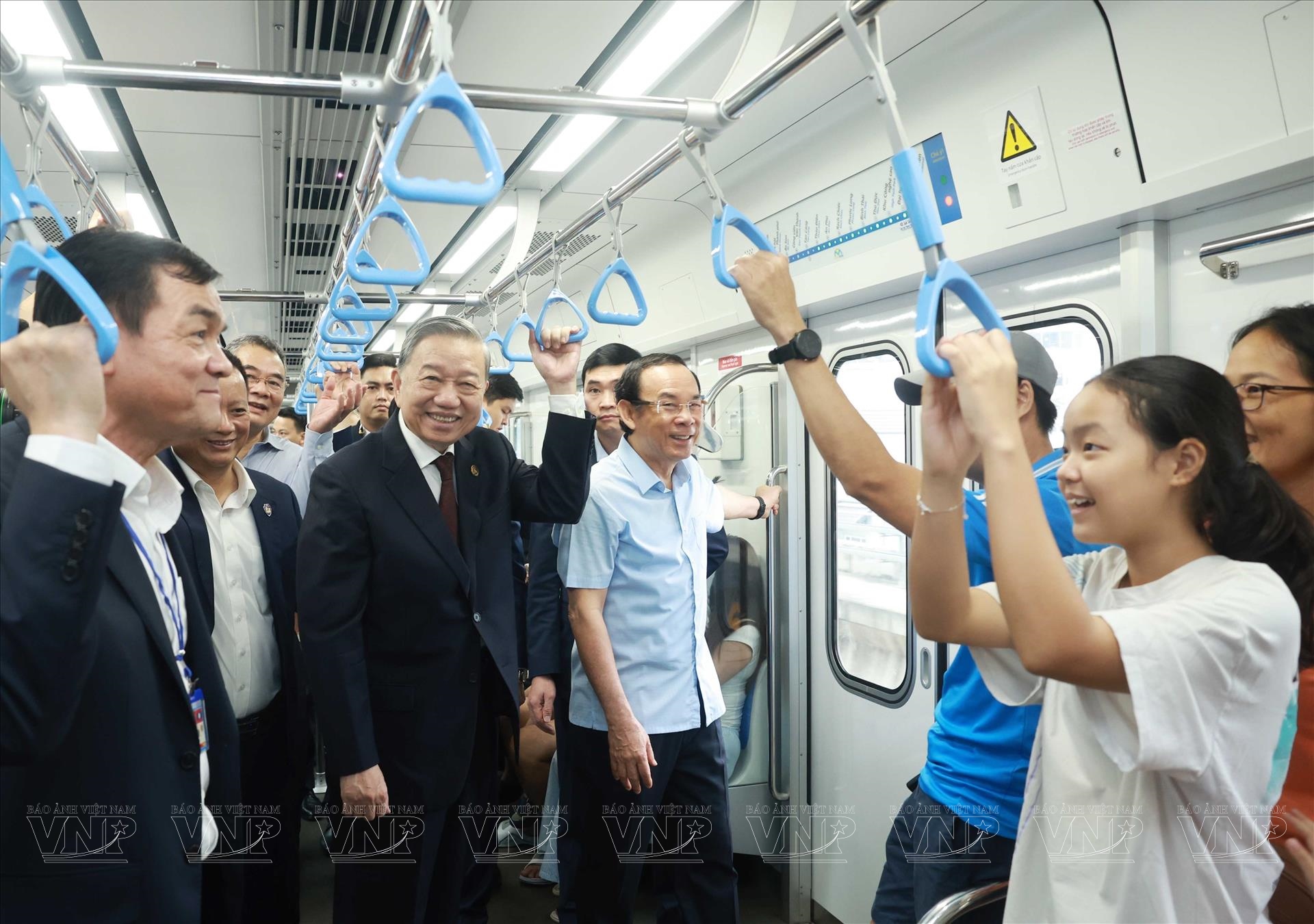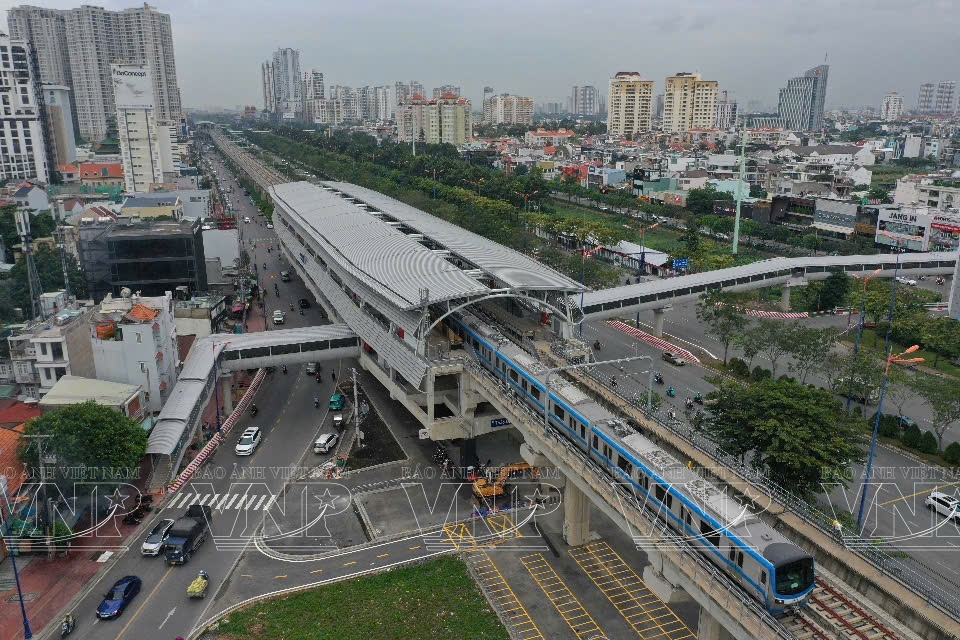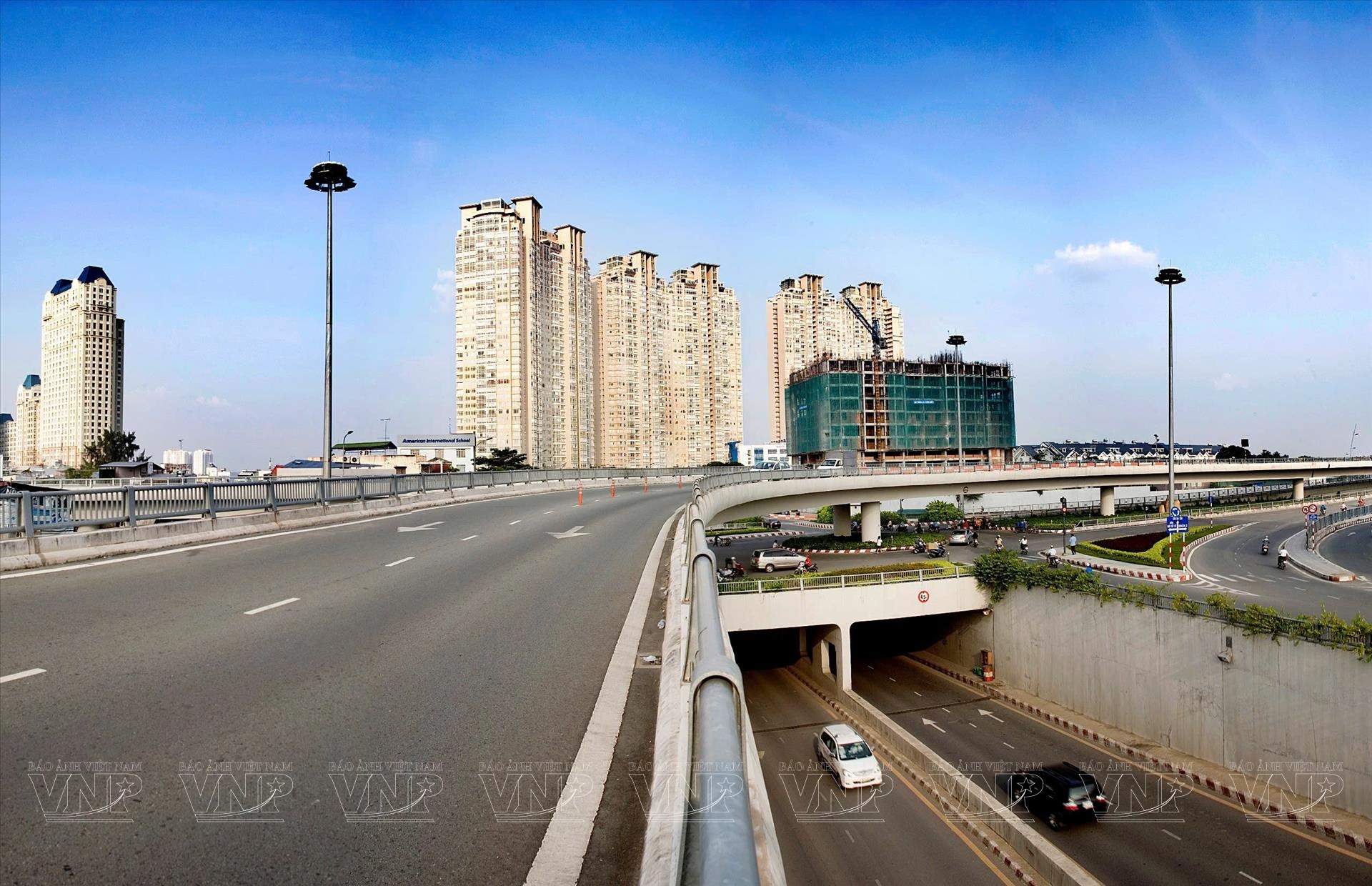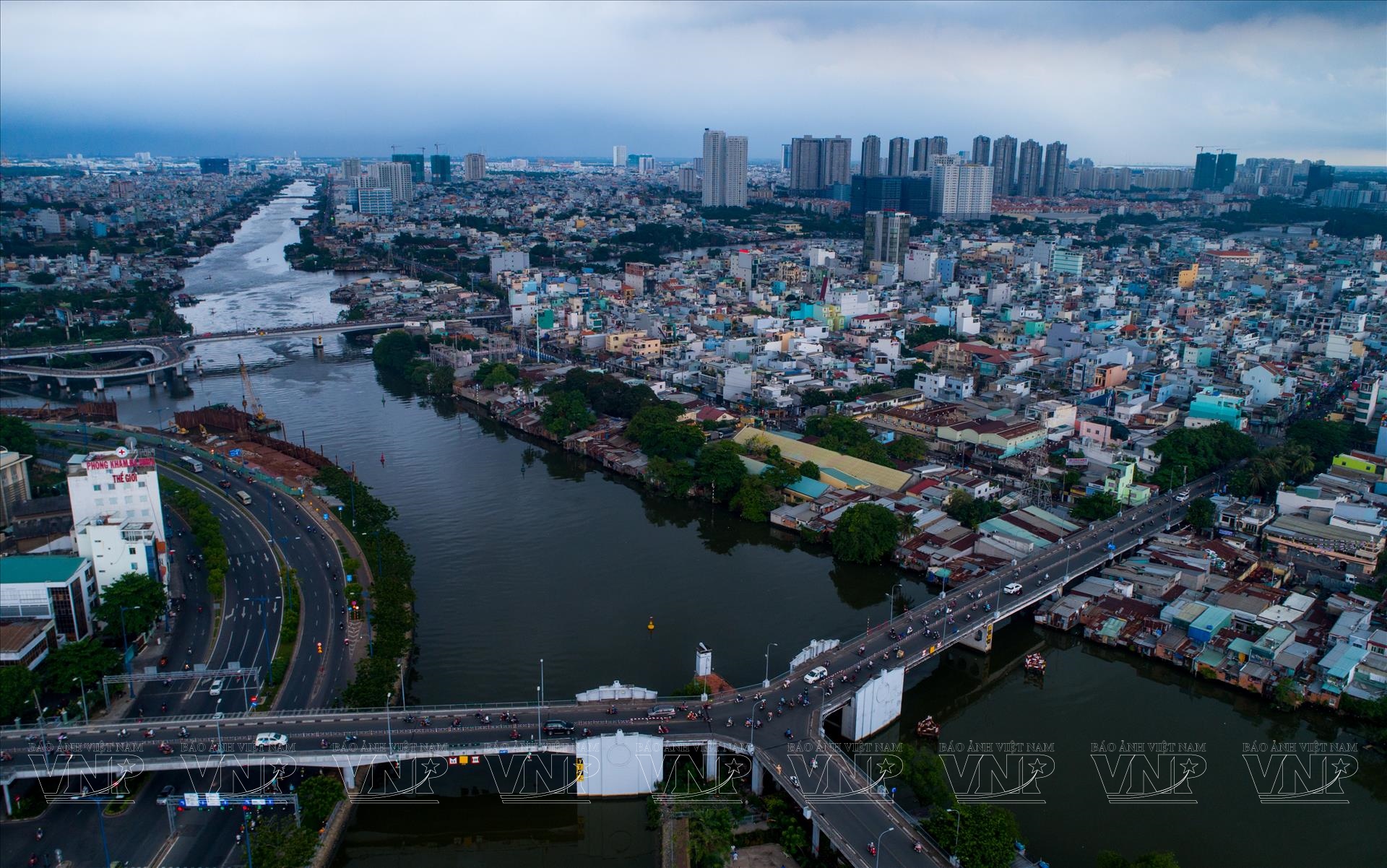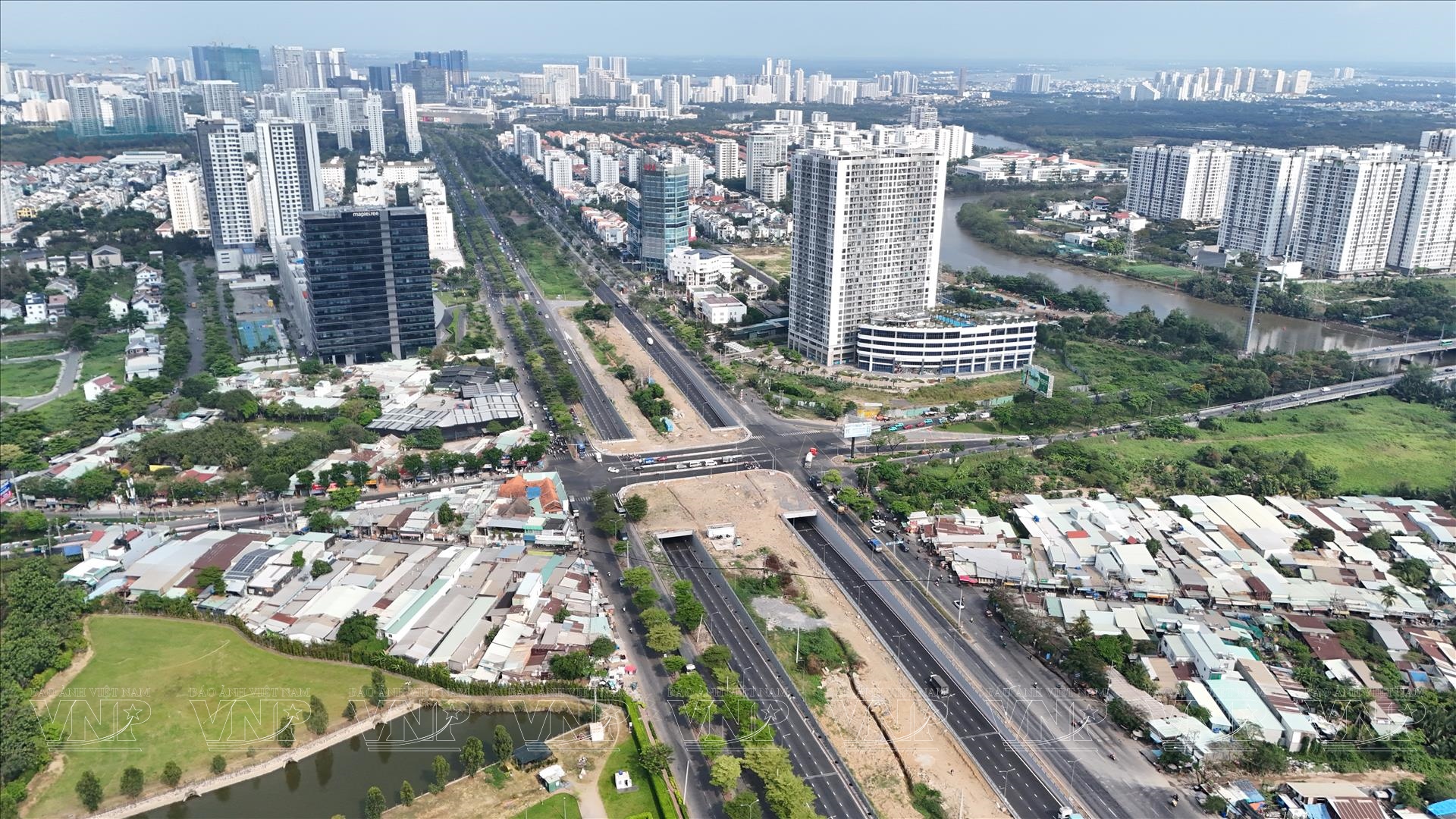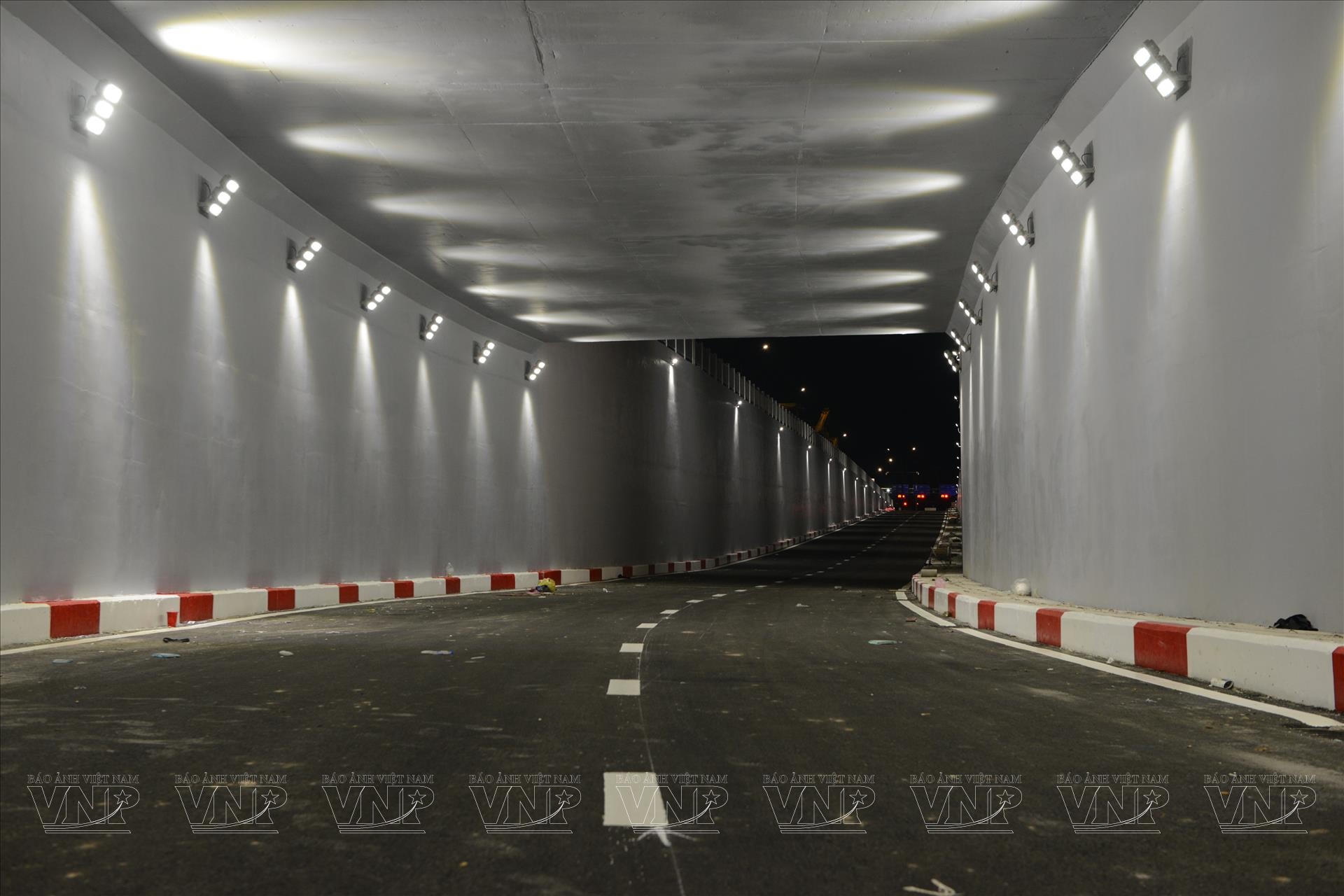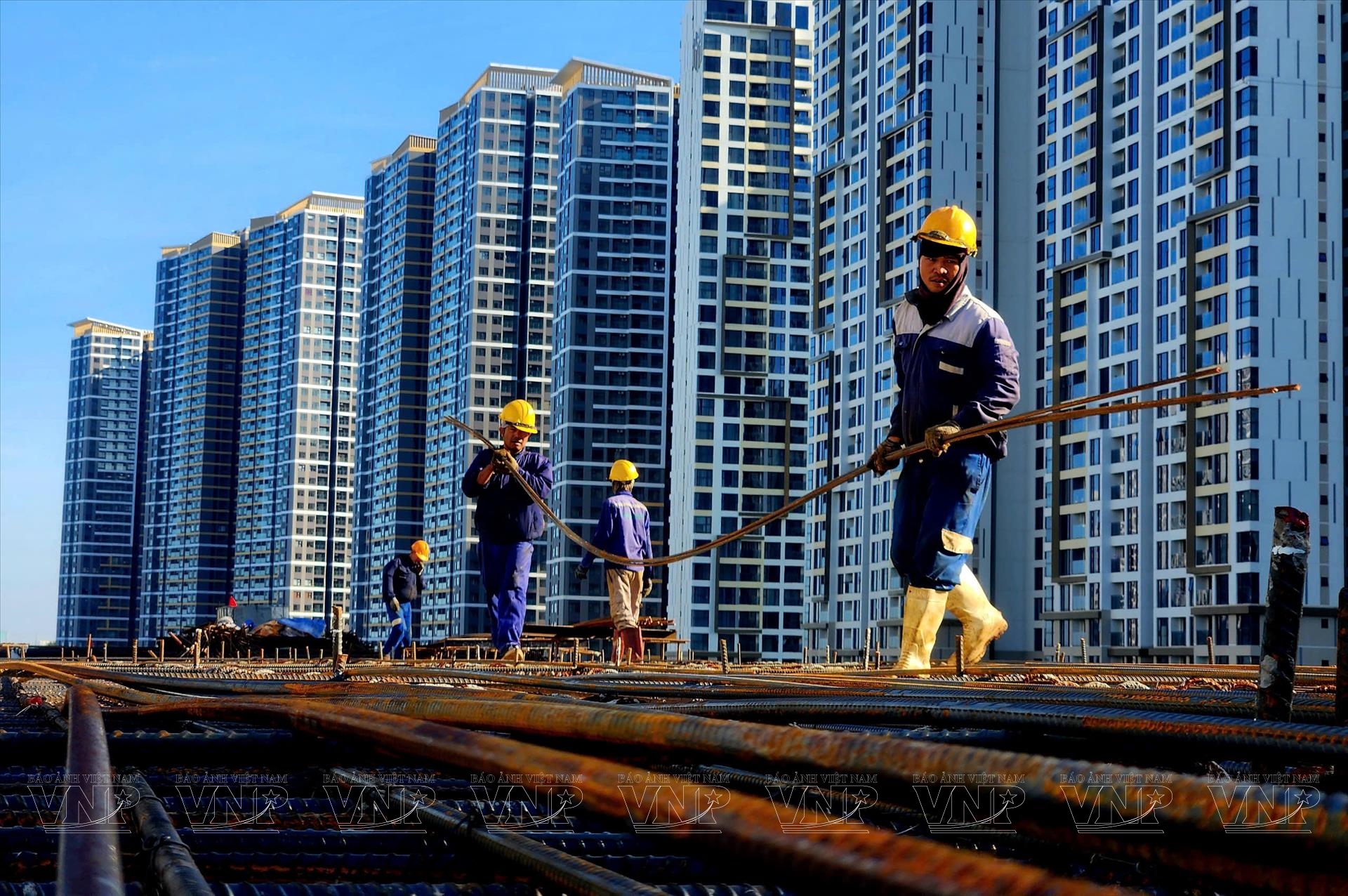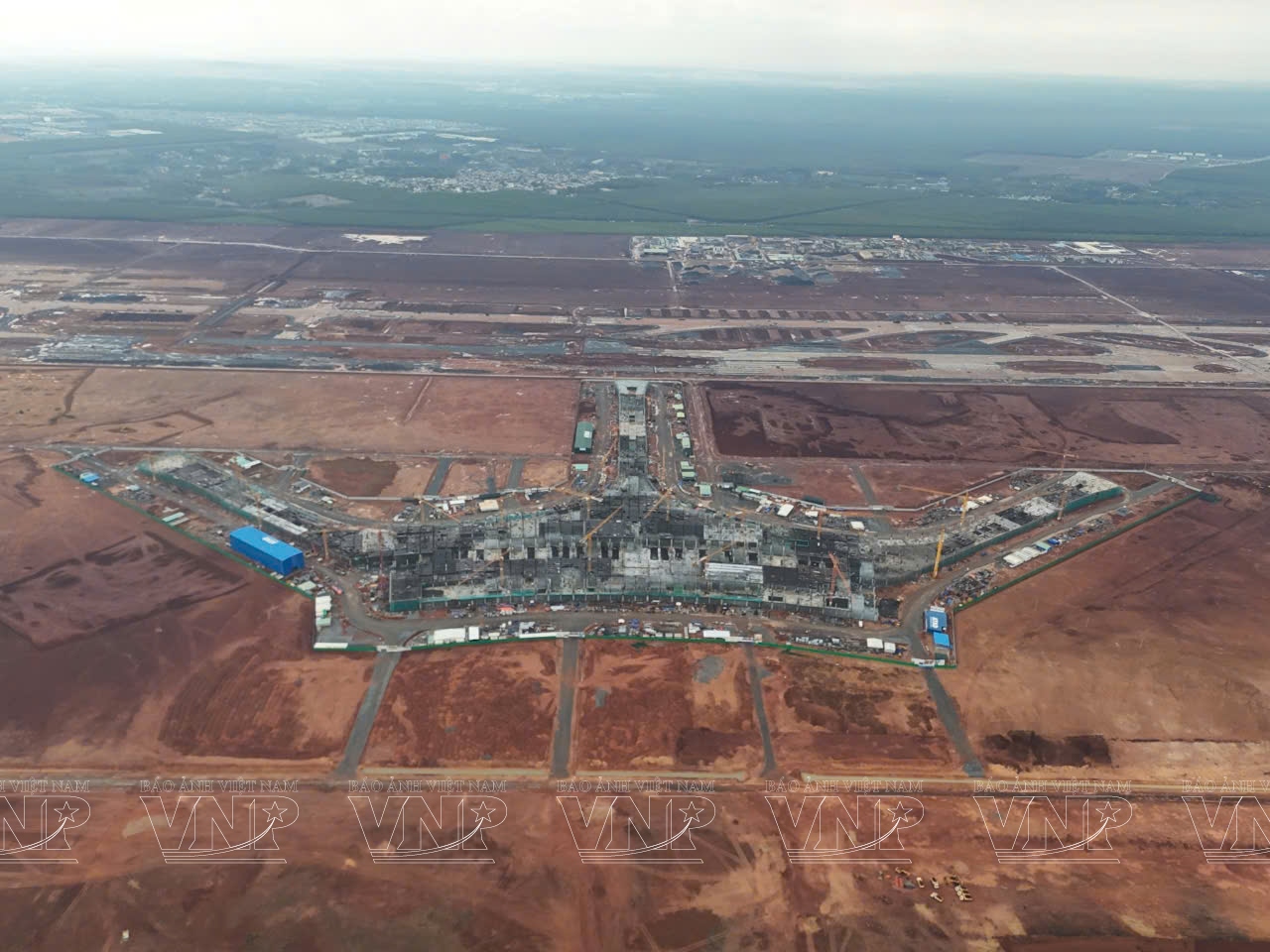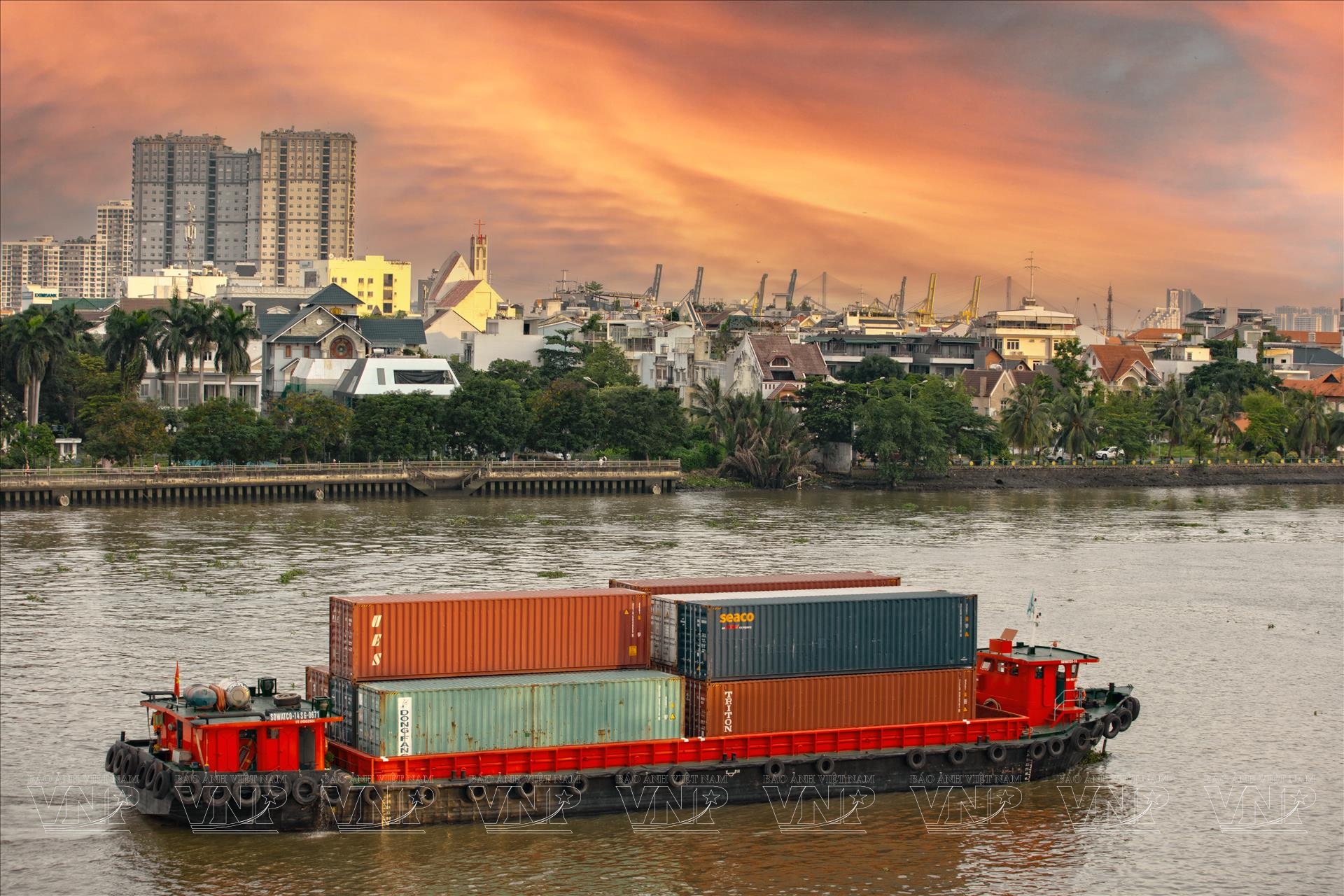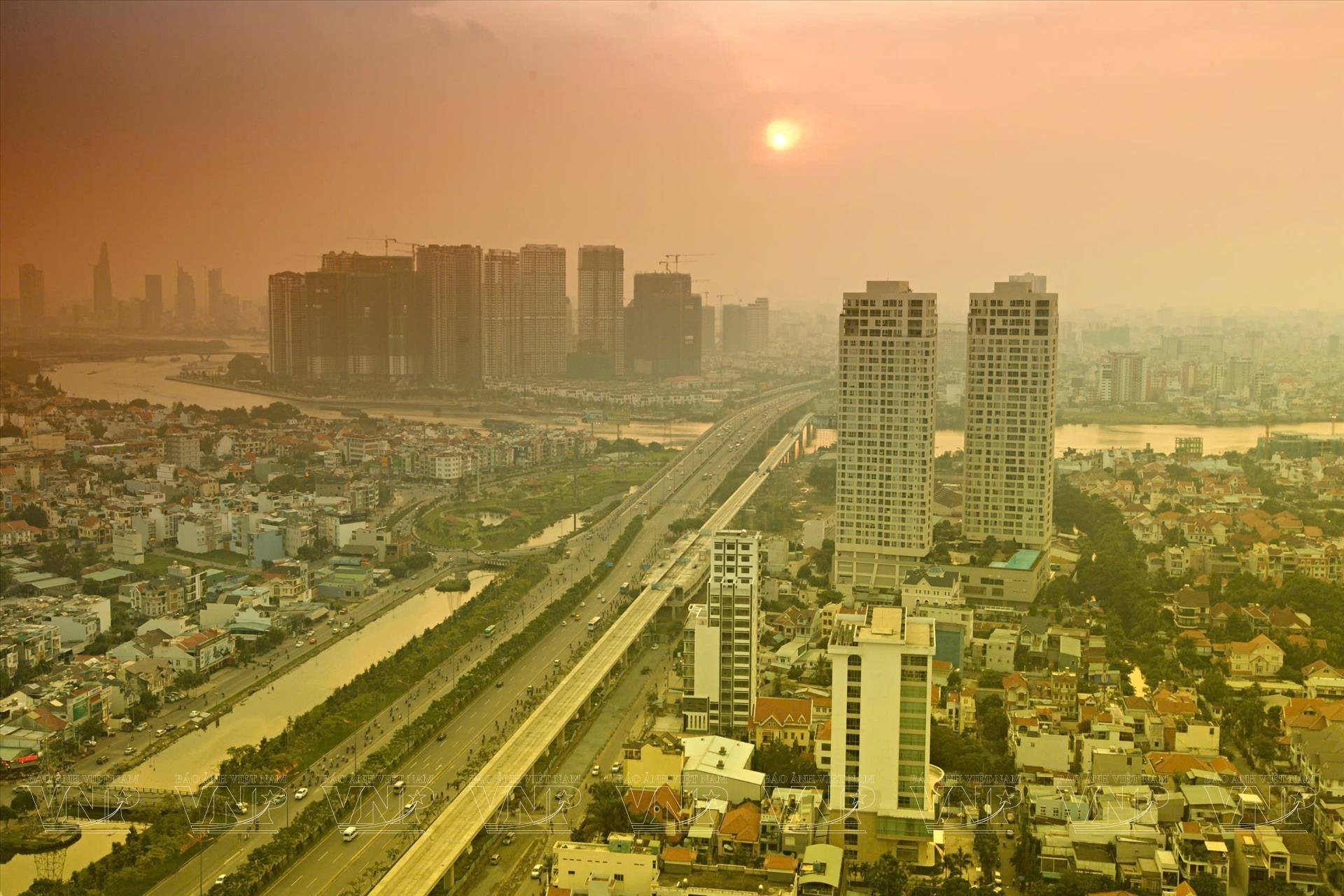Infrastructure Ho Chi Minh City's Path to a New Era
Since 1975, Ho Chi Minh City's transportation infrastructure has undergone a remarkable transformation, addressing the growing needs of both the city and the southern key economic region during its rapid development and integration.
Notable projects, such as the Thu Thiem tunnel, Mai Chi Tho avenue, Pham Van Dong Street, Vo Van Kiet Street, and the Saigon - Trung Luong and Long Thanh - Dau Giay expressways, have laid the groundwork for this progress.
The inauguration of the metro line No.1 (Ben Thanh - Suoi Tien) in early March 2025 marks a significant leap forward in the city's modern urban transportation system. Nguyen Van Duoc, Chairman of the Ho Chi Minh City People's Committee, emphasized the project's crucial role in the region's socio-economic development, stating, "The metro line No.1 signals the beginning of a new chapter in Ho Chi Minh City's journey towards modern urban mobility".
Beyond its function as a symbol of modern infrastructure, the metro line No.1 also serves as a vital tool for promoting sustainable green tourism, connecting the city's diverse cultural, historical, and entertainment destinations. Nguyen Thi Anh Hoa, Director of the Ho Chi Minh City Department of Tourism, highlighted the line's potential to catalyze the city's tourism industry, providing seamless access to key attractions for both locals and international visitors.
The metro line connects the city center with eastern districts, offering tourists quick, costeffective, and unique experiences at prominent landmarks. For instance, Ben Thanh Station, located in the heart of the city, serves as an ideal starting point for exploring sites such as Ben Thanh Market, the City Opera House, the People's Council and City People's Committee headquarters, Nguyen Hue Walking Street, and the Fine Arts Museum.
Building on the success of the metro line No.1, the city is planning to expand its metro network to 10 lines, spanning 510km, more than doubling the previous plan and aiming to meet 50-60% of public passenger transport demand.
In addition to the metro system, the national railway network passing through Ho Chi Minh City is also being upgraded to enhance connectivity within the southern key economic region. The Hanoi - Ho Chi Minh City railway line will be upgraded to a double track with a 1,435m gauge, and sections will be designed for radial or cross-city train operations to facilitate urban passenger transport.

The city will develop six new regional and inter-regional railway lines, including: the North - South high-speed railway, the Ho Chi Minh City - Can Tho railway (connecting the Mekong Delta provinces), the Ho Chi Minh City - Tay Ninh railway (facilitating international trade connections), the Thu Thiem - Long Thanh railway (connecting to Long Thanh International Airport), the Ho Chi Minh City - Loc Ninh railway (connecting to Cambodia and contributing to the Trans-Asian Railway), and a specialized railway connecting Hiep Phuoc Port in Nha Be District.

The year 2025 is poised to be a pivotal year for Ho Chi Minh City's transportation development, with the commencement of numerous critical infrastructure projects and arterial roads connecting the city with other provinces in the southern key economic region.
Ho Chi Minh City has identified 70 key projects, including the Ho Chi Minh City - Moc Bai expressway, Ring Road 2, Ring Road 3, Ring Road 4, Can Gio Bridge, Thu Thiem Bridge 4, Dong Nai Bridge 2, and Phu My Bridge 2.
Ring Road 3 will connect satellite urban areas, reducing traffic congestion in the city center. The Ho Chi Minh City - Long Thanh - Dau Giay expressway, the Ho Chi Minh City - Moc Bai expressway, and the Ho Chi Minh City - Nha Trang high-speed railway are being expedited to improve inter-regional connectivity, shortening travel times and boosting economic development, investment, and trade.
According to Luong Minh Phuc, Director of the Ho Chi Minh City's Management Board for Traffic Works Construction and Investment, 2025 will be a year focused on inter-regional connectivity. Projects such as the upgrade and expansion of National Highway 50 (connecting Ho Chi Minh City with Tien Giang) and the An Phu intersection project (connecting the Ho Chi Minh City - Long Thanh expressway and Long Thanh Airport) are expected to be completed and operational.
The National Highway 50 expansion project will improve transportation capacity and connect Ho Chi Minh City with the Mekong Delta provinces, promoting socio-economic development and reducing traffic congestion.
The Ho Chi Minh City - Moc Bai expressway will connect the city with Tay Ninh Province and expand trade with Cambodia, creating a strategic international transportation axis.
Ring Road 4 will provide a vital transportation corridor connecting Ho Chi Minh City with neighboring provinces, alleviating traffic on Ring Road 3 and enhancing regional connectivity.
These key transportation projects are expected to deliver significant benefits, strengthening regional connectivity, promoting industrial, commercial, service, and tourism development, improving the quality of life for residents, and fostering Ho Chi Minh City's sustainable growth.
Story: Thong Hai Photos: Nguyen Luan, Thong Hai/VNP, Le Linh & Files
Translated by Hong Hanh
